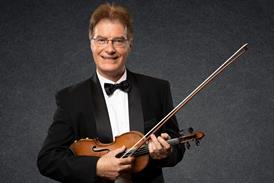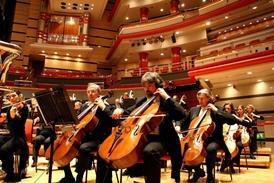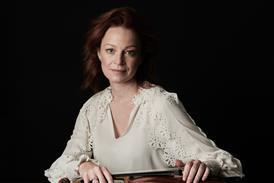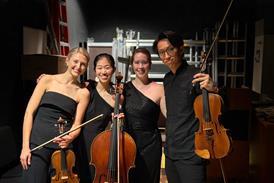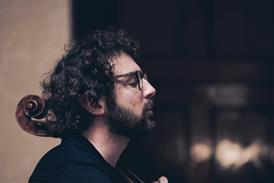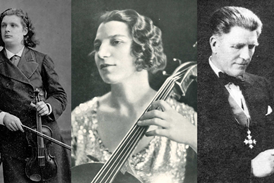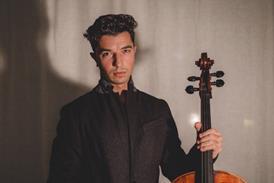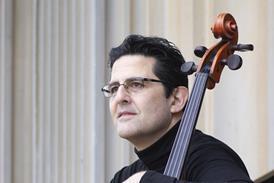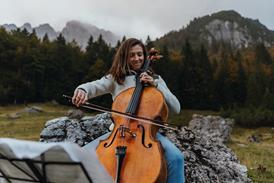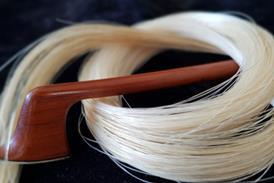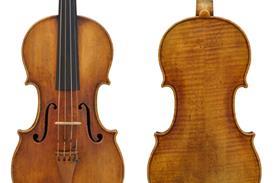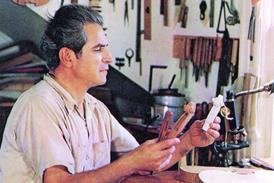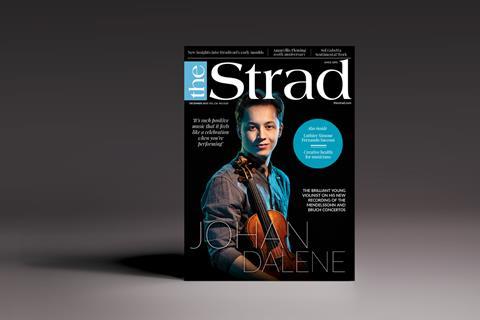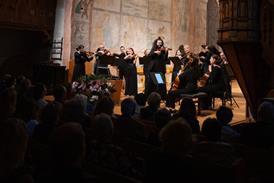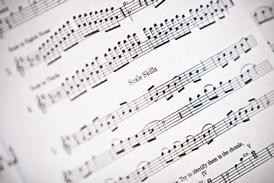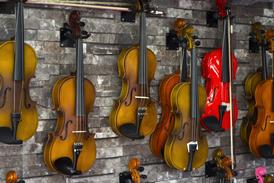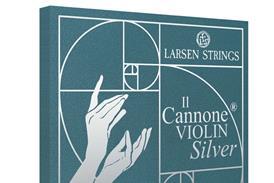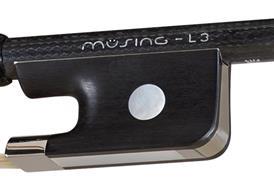- News
- For Subscribers
- Student Hub
- Playing Hub
- Directory
- Lutherie
- Magazine
- Magazine archive
- Whether you're a player, maker, teacher or enthusiast, you'll find ideas and inspiration from leading artists, teachers and luthiers in our archive which features every issue published since January 2010 - available exclusively to subscribers. View the archive.
- Jobs
- Shop
- Podcast
- Contact us
- Subscribe
- School Subscription
- Competitions
- Reviews
- Debate
- Artists
- Accessories
Fiddler Mark O’Connor: An American music story

Fiddle player Mark O’Connor, one of the most influential musicians in the American tradition, talks about his extraordinary life
It sounds like a great American tall tale: a young boy infatuated with fiddle music is handed an unsightly white fiddle that had once been a stringless, bridgeless piece of decoration on a barn wall. The instrument is a freak of nature with an unbelievable resonance, and the boy goes on to win just about every fiddle competition, break every record and become one of the most influential musicians in the American tradition. You’d be forgiven for assuming that somewhere along the line a contract had been drafted and the boy was down one soul…
Already subscribed? Please sign in
Subscribe to continue reading…
We’re delighted that you are enjoying our website. For a limited period, you can try an online subscription to The Strad completely free of charge.
* Issues and supplements are available as both print and digital editions. Online subscribers will only receive access to the digital versions.

